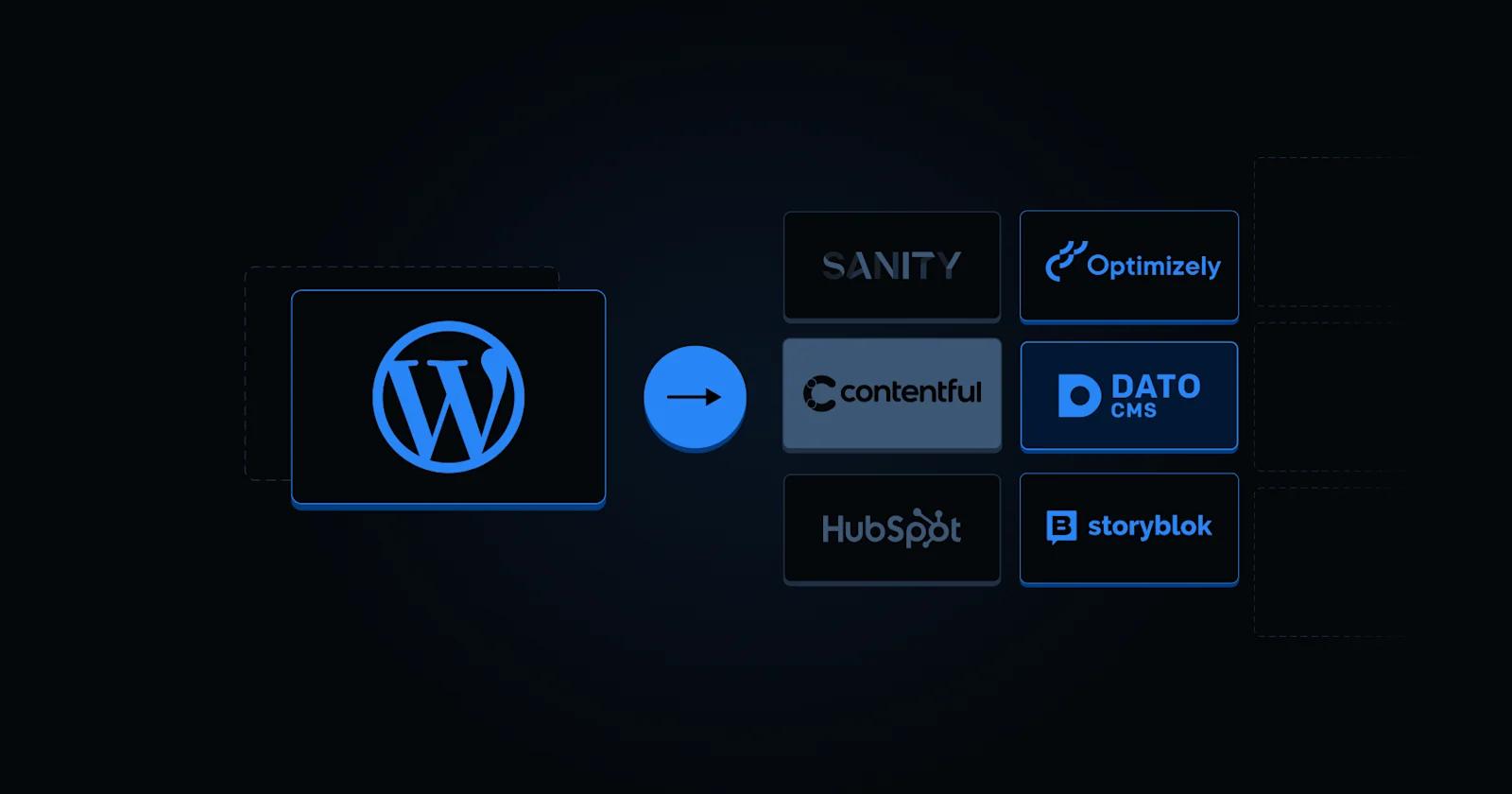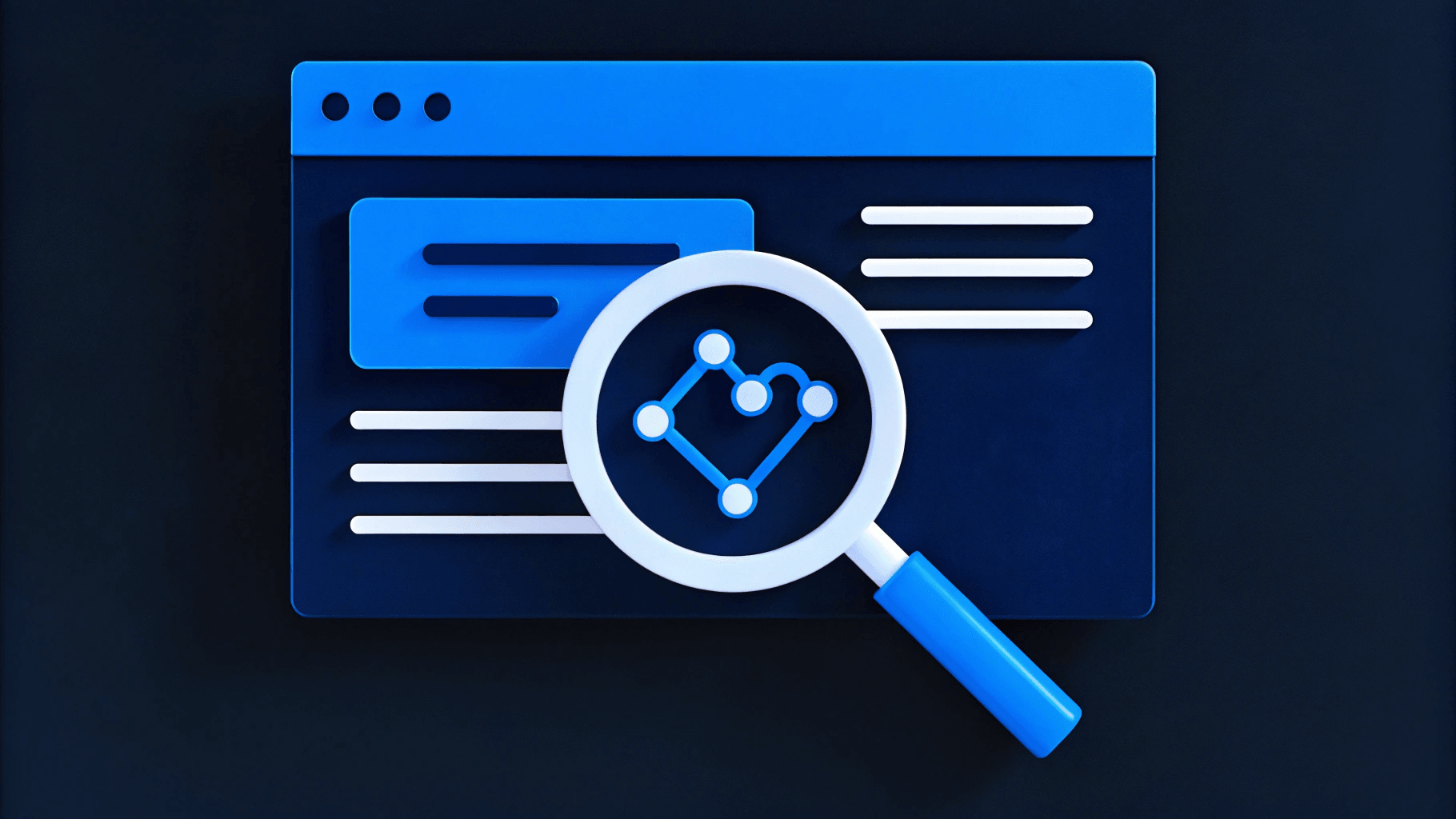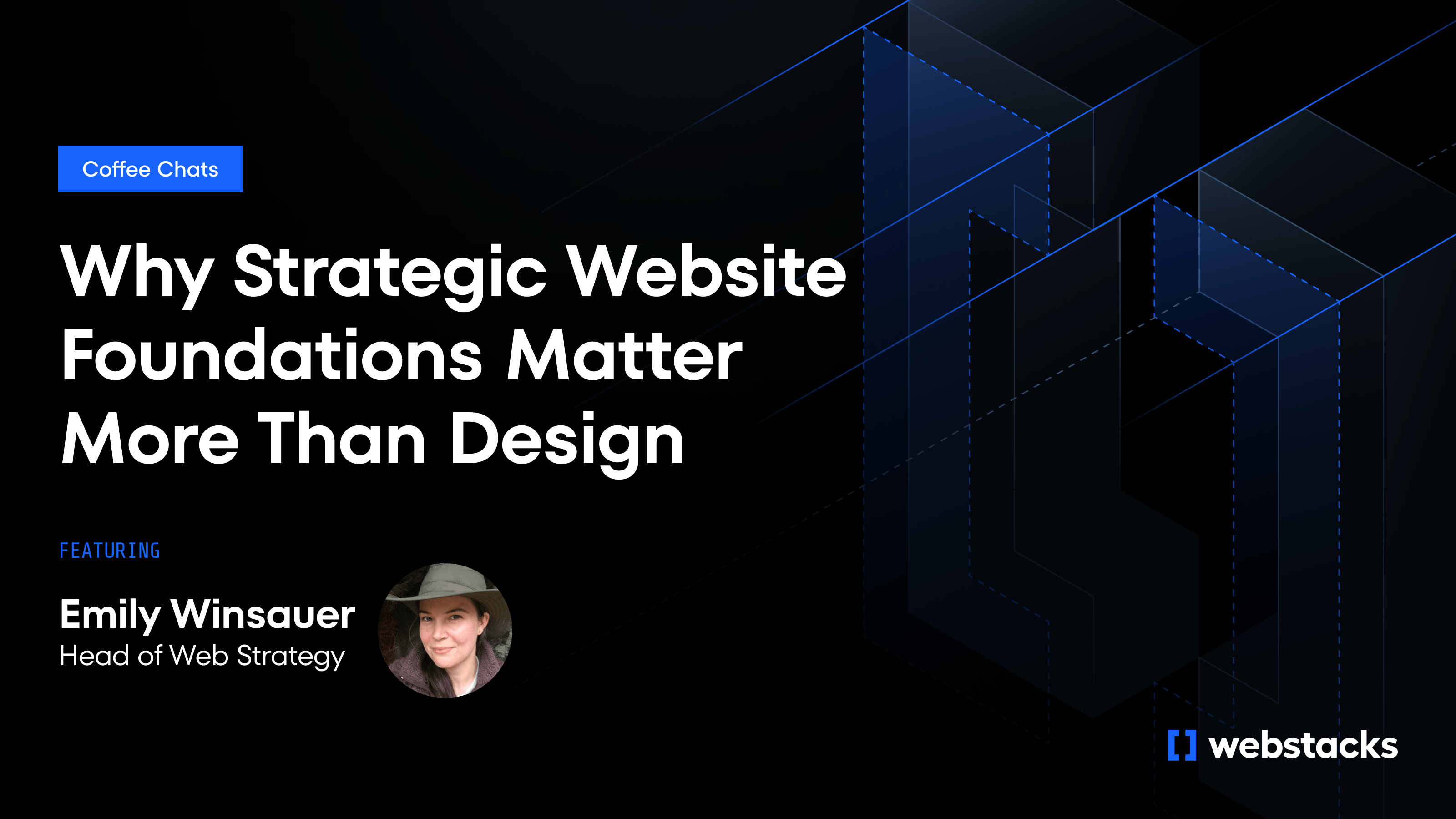Are you growing frustrated with the limitations of your WordPress website? While WordPress is a powerful content management system (CMS), it may not always be the best fit for your evolving business needs. Have you ever wondered if it's time to migrate your site to a more suitable platform?
Migrating your WordPress site might feel overwhelming, but it can be a game-changer for your online presence. If you're dealing with slow performance or security problems, it could be a sign that it's time to consider other options.
Understanding the common reasons for considering a migration can help you to make an informed decision that sets your business up for long-term success.
Key Takeaways
- Outgrowing the capabilities of your WordPress site can be a clear sign it's time to migrate.
- Performance problems, security risks, and difficulty in customization are common reasons to consider a migration.
- Evaluating your current WordPress setup and exploring alternative platforms can help you determine the best path forward.
- Careful planning and execution of the migration process can help minimize disruptions and ensure a smooth transition.
When WordPress Starts Holding You Back

WordPress is the most popular CMS in the world—and for early-stage teams, it’s often the default choice. But for high-growth B2B companies with aggressive marketing goals, it's not always built to scale. Over time, what used to be a quick win can become a growth bottleneck.
At Webstacks, we’ve helped SaaS and Web3 teams migrate off WordPress when it was clear the platform was holding them back from moving faster, shipping more, and growing efficiently. Here's what that looks like in practice:
1. Your content workflow breaks down
Publishing content shouldn’t require a developer. But in many WordPress setups—especially those weighed down by custom themes or legacy plugins—it does. We’ve seen marketing teams get stuck waiting days (or weeks) for dev support just to launch a landing page or make basic updates. That kind of delay doesn’t work when you’re running a fast-moving go-to-market strategy.
2. Your site performance takes a hit
If your WordPress site is bloated with plugins, outdated themes, or poorly optimized media, performance will suffer—and with it, your SEO, conversions, and UX. We’ve helped clients like iTrustCapital and ServiceTitan move to modern frameworks like Gatsby and headless CMSs like Contentful to dramatically speed up load times and boost search performance.
3. Security becomes a constant worry
WordPress powers over 40% of the web—but that makes it a huge target for attackers. If your site feels like it's one plugin vulnerability away from a breach (or you’re spending too much time managing updates), migrating to a more secure and modern platform can give your team peace of mind—and reduce risk.
4. You’ve outgrown the platform
WordPress was never designed to be composable or modular. As your marketing strategy evolves—personalization, A/B testing, localization, you name it—WordPress can feel more like a constraint than a foundation. If your team is constantly hitting walls when trying to scale your content, structure, or site features, it’s a clear sign it’s time to upgrade.

What Happens If You Stay Too Long?
We’ve seen it before: teams know they’ve outgrown WordPress, but they wait too long to make a move. The result? Slower campaigns, increased dev dependency, mounting security risks, and a website that simply can’t keep up with the business.
Recognizing the signs early—and making the leap—can be the difference between a team that’s always behind and one that moves fast, launches often, and grows with confidence.
Evaluating Your Current WordPress Setup
Before deciding to migrate your website away from being one of the 835 million WordPress sites, it's crucial to thoroughly evaluate your current setup.
This assessment will provide crucial insights to guide your migration strategy and ensure a seamless transition to a new platform.
Analyzing Website Traffic and Load Times
Start by closely examining your website's traffic patterns and load times. Utilize tools such as Google Analytics or Matomo to gather insights on user behavior, including:
- Traffic Sources: Identify where your visitors are coming from (organic search, social media, referrals, etc.) to understand which channels are most effective.
- Peak Traffic Times: Analyze data to determine when your site experiences the highest traffic, which can inform your migration timing and server requirements.
- Load Time Metrics: Measure average page load times, time to first byte (TTFB), and other performance indicators. Identify any performance issues that may be impacting user experience, such as slow page loads or spikes in traffic during peak periods.
- User Engagement: Look at metrics like bounce rates and session durations to gauge how well your site retains visitors. High bounce rates indicate that load times or content relevance need improvement.
Utilize analytics tools to gather data and pinpoint areas that require optimization, such as image sizes, caching strategies, and server response times.
Assessing Security Measures and Vulnerabilities
Conduct a thorough security audit to assess the current state of your WordPress site's protection. This should include:
- Plugin and Theme Security: Check for any outdated or unsupported plugins and themes that could pose security risks. Ensure all components are regularly updated to their latest versions.
- User Access Control: Review user roles and permissions to ensure that only authorized personnel have access to sensitive areas of your site. Remove any inactive or unnecessary user accounts.
- Backup Solutions: Evaluate your current backup strategy. Ensure you have regular backups in place and verify that they are stored securely, ideally offsite.
- Malware Scanning: Utilize security plugins like Wordfence or Sucuri to conduct regular scans for malware and vulnerabilities. Identify any vulnerabilities and implement security measures to safeguard your online presence.
Reviewing Plugin and Theme Compatibility
Carefully review the compatibility of your WordPress plugins and themes with the new platform you're considering. This involves:
- Functionality Mapping: Create a list of essential functionalities provided by your current plugins and themes. Determine if these features are available or can be replicated on the new platform.
- Performance Impact: Assess the performance impact of each plugin. Some plugins may slow down your site or conflict with others, so identifying these before migration is crucial.
- Deprecated Elements: Identify any deprecated or incompatible elements that may need to be replaced or updated during the migration process. Research alternative plugins or themes that can fulfill the same roles without compromising performance or security.
- Customizations: Document any custom code or modifications made to your current themes or plugins. This will help ensure these customizations can be effectively transferred or recreated in the new environment.
Exploring Alternatives to WordPress CMS
If you’ve outgrown WordPress, it’s time to explore platforms built for speed, flexibility, and scale. While WordPress powers a large portion of the internet, it wasn’t designed with modern marketing teams, performance standards, or composable architectures in mind.
Here’s a breakdown of popular alternatives—both traditional and headless—that we often recommend to clients based on their goals.
Traditional CMS WordPress Alternatives
These platforms maintain the classic “all-in-one” CMS structure but offer stronger features for scalability, security, and team workflows.
- HubSpot CMS: A fully integrated CMS that works seamlessly with HubSpot’s CRM and marketing automation tools. Ideal for teams already using HubSpot and looking for tighter marketing ops alignment.
- Webflow: A visual website builder with CMS capabilities, popular for its design freedom and no-code approach. Great for marketers who want more control without needing to write code.
Headless CMS WordPress Alternatives
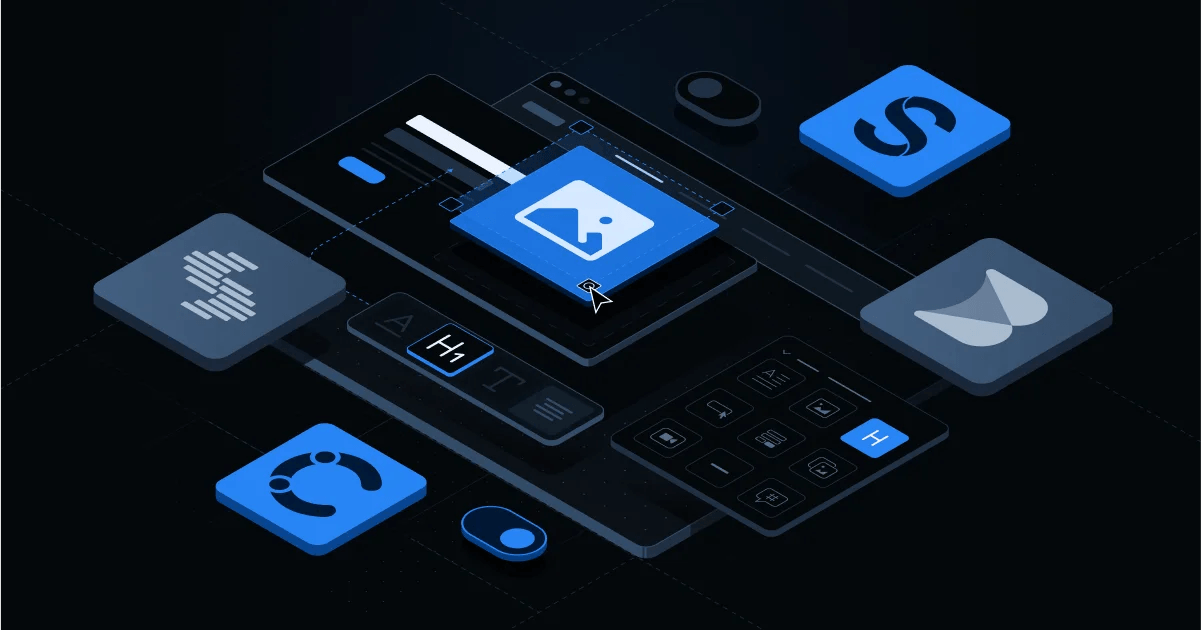
For a more modern and flexible approach, headless CMS options like
- Contentful: A market-leading headless CMS with robust APIs, a user-friendly UI for marketers, and excellent scalability. We’ve used Contentful in migrations for clients like ServiceTitan and iTrustCapital.
- Sanity: A highly customizable, developer-friendly CMS with structured content and real-time collaboration. Best for teams who want full control over content models and data architecture.
- DatoCMS: A fast, reliable headless CMS with built-in image optimization and GraphQL support. Often chosen for its speed and ease of integration with static site generators like Next.js and Gatsby.
- Storyblok: A visual editor + headless CMS hybrid that bridges the gap between marketers and developers. Ideal for teams that want a headless backend but still need a more visual editing experience.
This allows for greater versatility in how you build and deliver your website or application, with the ability to integrate with a wide range of front-end frameworks and technologies.
Each of these alternatives has unique features and capabilities, so it's essential to carefully evaluate them against your specific requirements, such as performance, scalability, security, and ease of use.
Weighing the pros and cons of these platforms can help you identify the most suitable solution to migrate your WordPress site to.
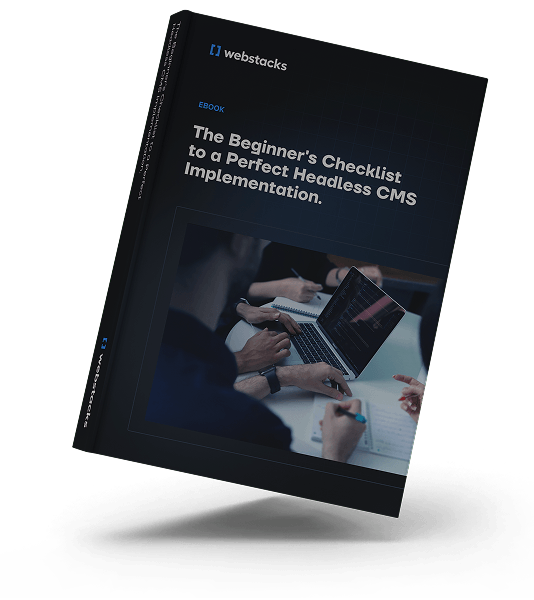
WordPress head-to-head comparisons
Below, we break down how WordPress stacks up against both traditional and headless CMS platforms to help you choose a system that aligns with your goals, team structure, and growth plans.
Planning Your Migration Strategy
Migrating your WordPress website to a new platform requires careful planning to ensure a seamless transition. The first step is to set clear objectives and goals for your new website, such as improved performance, enhanced security, or greater scalability.
In defining your priorities upfront, you can choose the right platform that aligns with your specific needs.
Choosing the Right Platform for Your Needs
There’s no one-size-fits-all solution. The right platform for your business depends on factors like:
- How fast you need to move
- How often you publish or localize content
- Whether your developers need more freedom—or your marketers need more control
- Your long-term scalability and personalization goals
At Webstacks, we help teams evaluate CMS platforms based on these real-world needs—not just feature lists. If you're planning to move off WordPress, we can help you assess your current pain points and design a platform strategy that sets you up for scale.
Preparing Your Content and Data for Migration
Before you migrate your WordPress site, you'll need to backup and prepare your data and content for migration.
This includes exporting your WordPress database, downloading your media files, and ensuring your custom code and plugins are compatible with the new platform.
Thoroughly testing the migration process on a staging environment can help you identify and address any issues before moving your live site.
Developing a Migration Timeline and Checklist
Creating a detailed migration timeline and checklist will help you stay organized and on track throughout the migration process.
Consider factors like content migration, URL redirects, SEO optimization, and post-migration testing to ensure a smooth transition. Breaking down the migration into manageable steps can minimize disruptions and ensure a successful launch of your new website.

Easiest Way to Migrate Your WordPress Site
Transitioning your WordPress website to a new platform can seem daunting, but with the right approach, it can be a seamless process.
The key is to break down the migration into manageable steps and prioritize critical tasks. Let's explore the essential elements of executing a successful WordPress migration.
Backing Up Your WordPress Site
Only 11% of users backup their websites weekly despite it being best practice. If you don’t currently backup regularly, before embarking on the migration, the first and most crucial step is to create a comprehensive backup of your WordPress site.
This includes your database, uploaded files, and the entire codebase. Having a reliable backup ensures you can restore your website in the event of any issues during the migration.
Transferring Content and Media
Once your backup is complete, it's time to transfer your content and media to the new platform. Depending on the migration tool or method you choose, this process can be seamless or require manual intervention.
Ensure that all elements, such as blog posts, pages, images, and videos, are properly migrated and displayed as intended on the new platform.
Redirects and SEO Considerations
To maintain your website's visibility and search engine rankings, it's essential to set up the necessary redirects. This involves mapping your old URLs to the new ones, ensuring that your existing search engine optimization (SEO) efforts are not lost in the migration process.
Following these steps can help you execute a successful WordPress migration and transition your website to a new platform with minimal disruption to your online presence.
Remember to test thoroughly and have a rollback plan in place to ensure a smooth and stress-free migration experience.
Post-WordPress Migration Best Practices
Congratulations! You've successfully migrated your WordPress website to a new platform. However, the work doesn't end there.
To ensure the long-term success of your website, it's crucial to implement a few post-migration best practices.
Monitoring Performance and User Experience
Closely monitor your website's performance and user experience after the migration. Analyze metrics such as page load times, bounce rates, and user engagement to identify any areas that may need improvement.
Regularly review your site's analytics to ensure a seamless transition and maintain optimal user satisfaction.
Updating SEO and Marketing Strategies
With your website on a new platform, it's essential to review and update your SEO and marketing strategies. Ensure that your content is optimized for search engines, your meta tags and descriptions are accurate, and your site's structure aligns with best practices. This will help maintain your online visibility and drive ongoing traffic to your new site.
Training Your Team on the New Platform
Currently, 59% of employees feel receive insignificant training, so be sure to provide comprehensive training to your team on the new platform's features and functionalities.
This will empower them to effectively manage and maintain your website, making updates, troubleshooting issues, and implementing new content and functionality as needed. Investing in this training will ensure a seamless transition and ongoing success.
Following these post-migration best practices can optimize your site's performance, enhance the user experience, and set the stage for long-term success in your new online home.
Conclusion
Deciding to migrate your WordPress website to a new platform is a significant decision that requires careful consideration. Understanding the common reasons for migration, such as performance issues, security concerns, and the need for greater customization and scalability can determine whether it's the right time to make the switch.
Here at Webstacks, we help many leaders in tech level up their online presence through next-gen solutions for B2B websites. Join our growing community of B2B experts and learn the ins and outs of building a website through our headless CMS implementation checklist.
If you want to learn more about Headless CMS B2B web strategy feel free to reach out to us today!


